Contact details
Cardiff, CF5 6XB, Wales
https://museum.wales/stfagans/visit/
0300 111 2 333
stfagans@museumwales.ac.uk
St. Fagans National Museum of History is an open–air museum based in south Wales.
The museum is located within the grounds of St. Fagans Castle and Gardens, a late-16th-century manor house that the Earl of Plymouth donated to the people of Wales in 1948.
At the museum, you can explore more than 50 historical buildings relocated from all over Wales, including a Victorian school, a mediaeval church, and the workmen’s institute.
See the Victorian school, Llys Llywelyn, a mediaeval prince’s hall, or stop off at the 1920s Gwalia Stores to buy some traditional Welsh food.
Visit the animals at Llwyn-yr-eos Farm or drop by to observe our artisans at work in the smithy, the clogmaker’s shop, and the corn and wool mills.
Opening Hours:
10am – 5pm daily (open Bank Holiday Mondays)
Food and drink:
Visitors can purchase food on site or bring a picnic.
Are dogs Allowed?:
Dogs are allowed, but must be kept on short leads at all times.
Accessibility:
Dedicated parking spaces for disabled visitors, wheelchairs available on request, accessible toilets.
See website for full accessibility guide.
Parking:
Parking available on site. £6 per day. Free parking for disabled badge holders and motorbikes.
More Information
For more in depth information about St. Fagans National Museum of History, you can read our full article here.
Buckingham Palace
Everyone knows about the association of Buckingham Palace with the royal crown, but how much do you know about it other than that? Buckingham Palace is one of the most well-known buildings in the United Kingdom, and there is much more to it than this. In this article,...
Scottish Pottery – Spongeware & Transferware
People have been using clay to make objects for domestic use for thousands of years. There are many examples of clay pots, urns, and bowls that have been found at historical sites across the world. You can make almost anything out of clay; it is very easy to...
Why Are There So Many Marbles On The Beach?
People often ask why are there so many marbles on the beach. Mostly, marbles come from coastal rubbish dumps, from aerosol cans, codd bottles, and children's toys. The first glass marbles were made in 1846, but stone or clay marbles have been documented to have been...

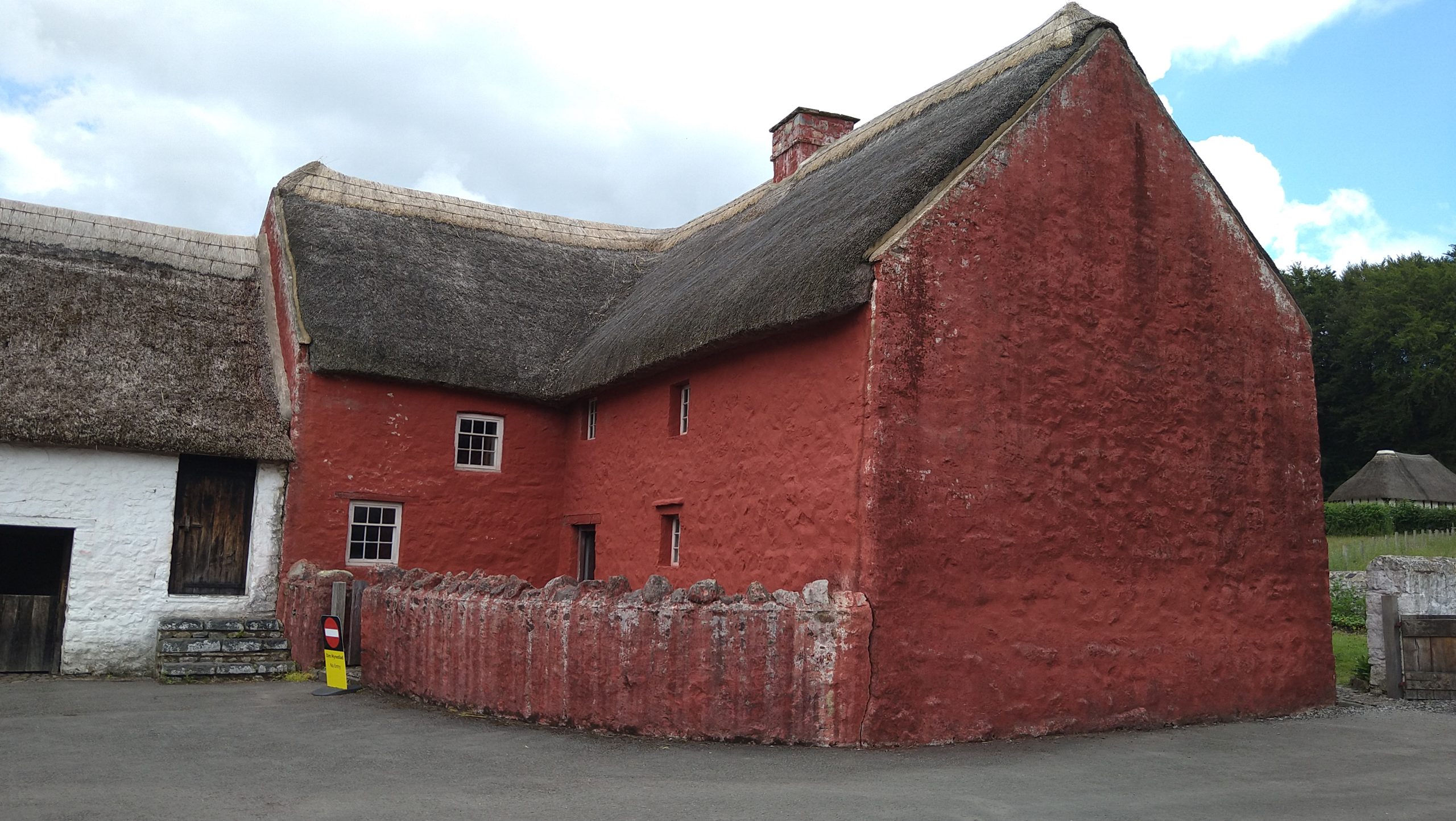

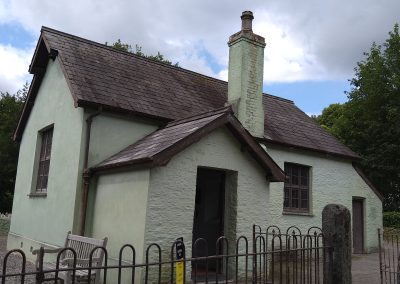
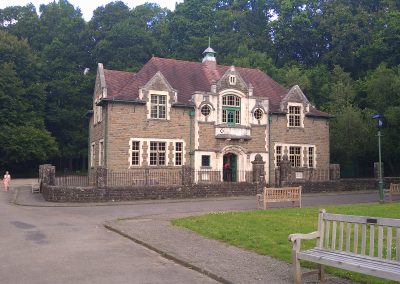
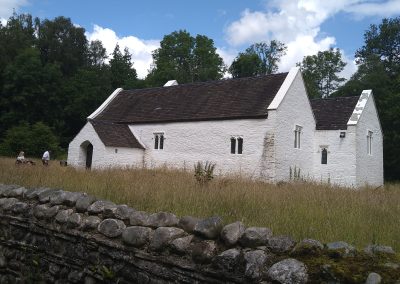
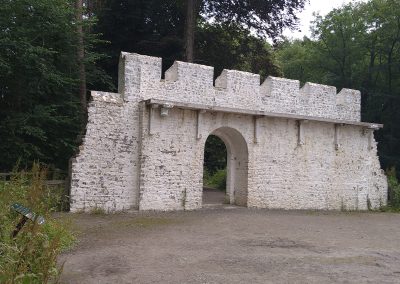

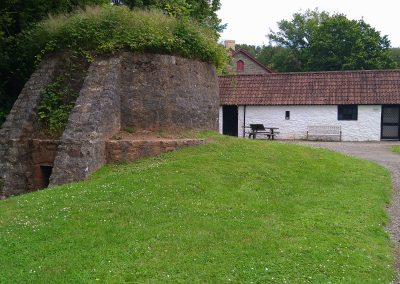
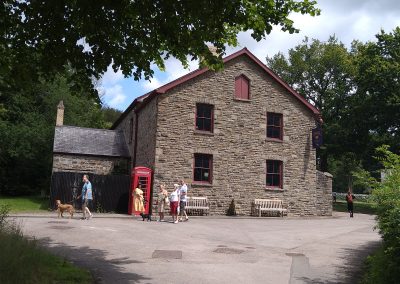
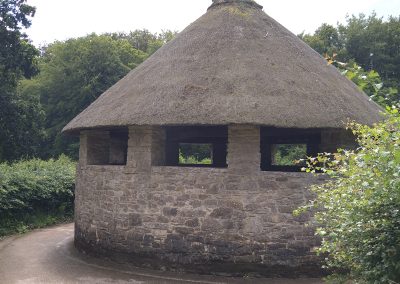
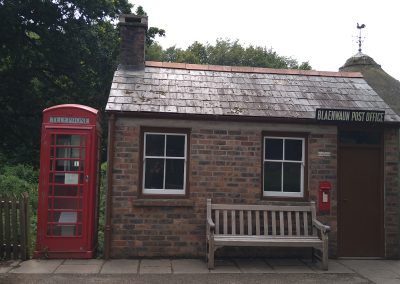

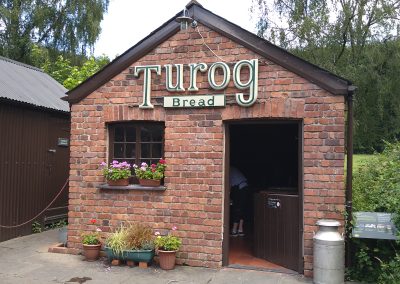

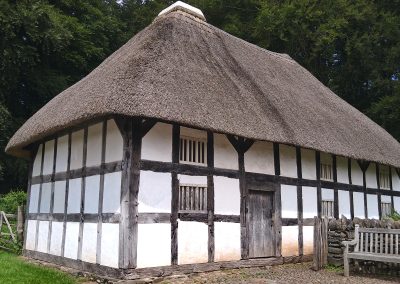
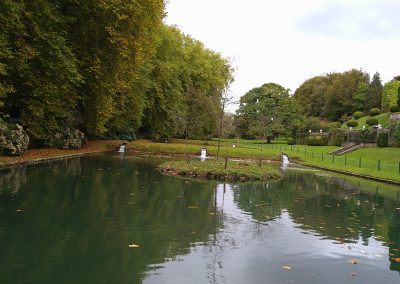

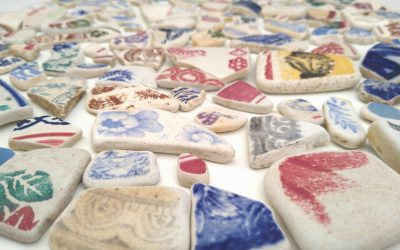
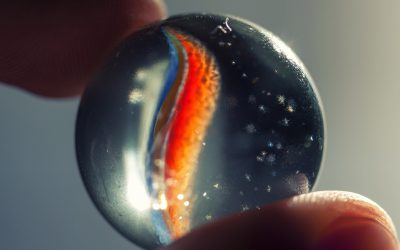

0 Comments